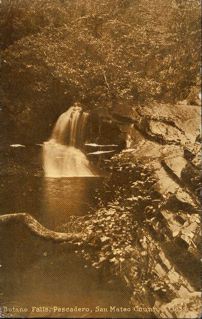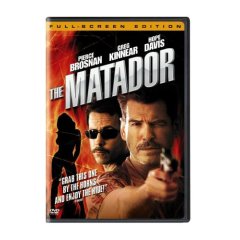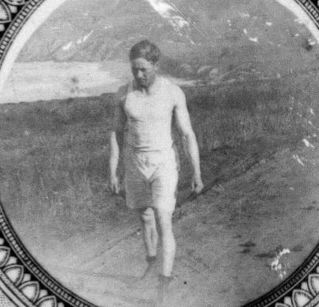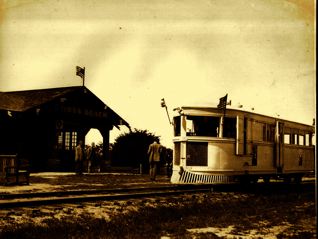Most cities are broke and their highways aren’t being fixed and their schools are falling apart– but San Mateo has a library–there might not be half a dozen libraries in the entire world that compare with this new library on 3rd avenue that takes up almost an entire square block.
Every donor’s name has been permanently engraved in steel plaques. I recognized many of them–Ken and Sherrilyn Fisher, the T.J. Fosters, Franklin-Templeton, Oracle, Genetech–
If you haven’t seen it, you gotta go. It was closed today, Labor Day and I just admired it from the outside. There are not many really pretty buildings, public or otherwise, and this one is just smashing.
I walked around the entire building and peered into the windows, some of them round like giant portholes. There are sculptures and benches and the inside (which I hope to see soon) looks cutting edge, worthy of the county where high-tech was born.
It’s certain to be a touristy place to go–this library is one we can all be very proud of.
Now if only we could get private funding for an exceptional new Coastside library.
(When I’m over there tomorrow, I’ll take a pix)






